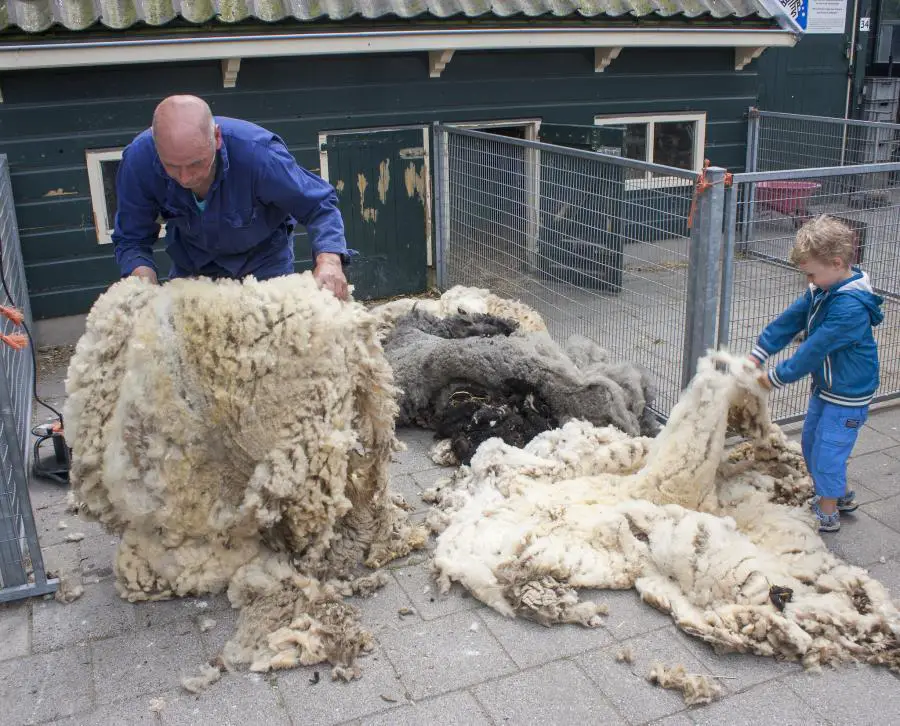Introduction

Image: shavingplanet.com
For centuries, the humble sheep has graced the pages of history, providing nourishment and warmth to civilizations across the globe. An integral part of this storied legacy is the intricate process of shearing – the meticulous removal of the sheep’s prized fleece. While the act of shearing may seem straightforward, the costs involved in this age-old practice are far from simple, influenced by a multitude of factors that intricately weave a complex economic tapestry.
Understanding the Basics: What Drives Shearing Costs
The cost of shearing a sheep is not a static entity; rather, it is a dynamic landscape shaped by a constellation of variables. Among the primary cost drivers are:
-
The size and type of sheep: Larger sheep, with their voluminous coats, naturally require more time and effort to shear, translating into higher costs. Different breeds of sheep also have distinct fleece characteristics, influencing shearing complexity and duration.
-
Labor costs: Skilled shearers are the backbone of the shearing industry, and their expertise comes at a premium. Labor costs vary depending on the region, availability of shearers, and prevailing wages.
-
Equipment: The act of shearing requires specialized equipment, including shearing machines, cutters, and wool handling systems. The quality and efficiency of this equipment can significantly impact shearing costs.
-
Travel expenses: In remote areas, where sheep are raised in sprawling pastures distant from shearing facilities, transportation costs can add a substantial burden to the overall shearing budget.
-
Wool market conditions: The demand for wool and its market price can have a ripple effect on shearing costs. When wool prices are high, farmers may be willing to invest more in shearing expenses to capitalize on the increased value of their fleeces.
Exploring the Cost Spectrum: From Modest to Extensive
The cost of shearing a sheep encompasses a broad spectrum, ranging from modest to substantial, depending on the factors discussed above. On average, the cost of shearing a single sheep in the United States hovers around $3 to $5. However, this figure can fluctuate dramatically in different regions and circumstances.
In Australia, the world’s largest wool producer, shearing costs are typically higher, with an average of $3 to $5 per head. The extensive scale of the Australian sheep industry, along with the need for highly skilled shearers, contributes to the higher shearing expenses.
Innovation and Efficiency: Advancing Shearing Practices
The pursuit of efficiency and cost optimization is an ongoing endeavor in the sheep shearing industry. Technological advancements have played a vital role in streamlining shearing processes, reducing costs, and improving animal welfare.
-
Automated shearing systems: Robotic shearing machines are revolutionizing the industry, offering precision shearing with reduced labor costs. While these systems require a significant upfront investment, they have the potential to dramatically lower long-term expenses.
-
Laser shearing: This innovative technique utilizes lasers to gently remove the fleece, minimizing discomfort to the sheep and potentially reducing shearing times. Although still in its early stages of development, laser shearing holds promise for further cost reductions.
Environmental Considerations: The Role of Green Shearing
Sustainability is an increasingly important aspect of modern sheep farming. Green shearing practices aim to minimize the environmental impact of shearing, reducing waste and preserving natural resources.
-
Wool recycling: The recycling of wool is gaining traction as a means of reducing waste and mitigating the environmental footprint of the industry. By repurposing used wool into new products, farmers can reduce shearing costs and contribute to a circular economy.
-
Biodegradable shearing fluids: Traditional shearing fluids can have negative environmental impacts. Biodegradable alternatives are becoming more widely adopted, reducing pollution and safeguarding ecosystems.
Conclusion
The cost of shearing a sheep is a multifaceted economic equation that encompasses a range of variables. Understanding the drivers of shearing costs is essential for farmers and industry participants seeking to optimize their operations. Embracing innovation, green practices, and continued research holds the key to reducing costs while ensuring the ethical and environmentally responsible treatment of these remarkable animals. As the tapestry of the sheep shearing industry continues to evolve, the careful balancing of economic considerations with animal welfare and environmental stewardship will shape its future trajectory.

Image: dissolve.com
How Much Does It Cost To Shear A Sheep